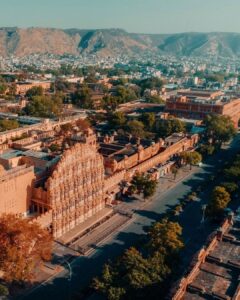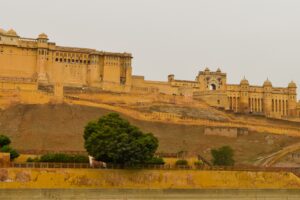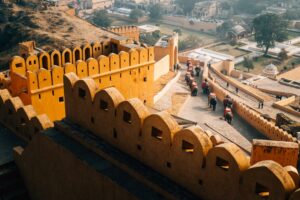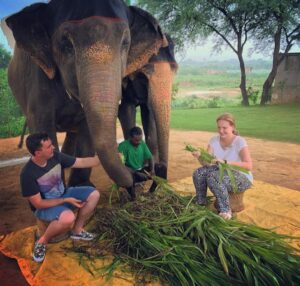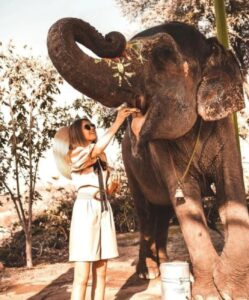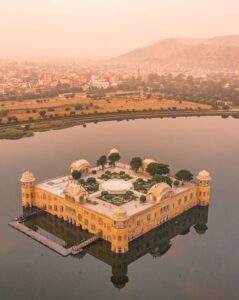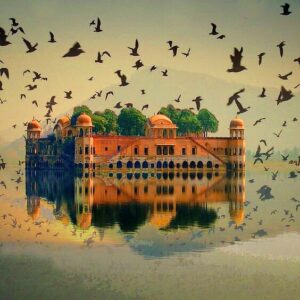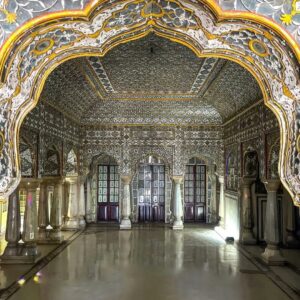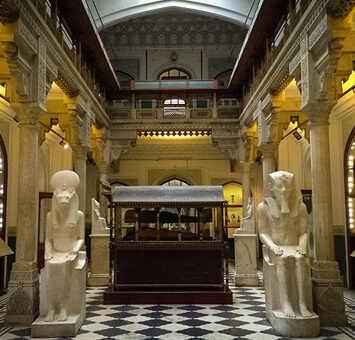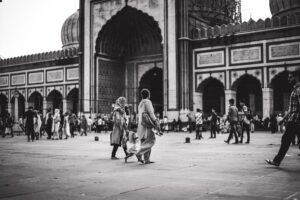What UNESCO said about the Walled city of Jaipur
Jaipur’s town planning shows an ‘interchange of ancient Hindu, Mughal and contemporary Western ideas’ that shaped the city, a UNESCO statement had earlier noted. The city houses various architectural styles, an example of the amalgamation of cultures
The statement noted that Jaipur was “also an exceptional example of a late medieval trade town in South Asia and defined new concepts for a thriving trade and commercial hub. In addition, the city is associated with living traditions in the form of crafts that have national and international recognition
The walled city of Jaipur “The Pink City of India”
The walled city of Jaipur the gateway of Royal Kingdom Rajasthan and India’s first planned city founded in 1727, every tiny detail was considered before laying the foundation stone, from the orientation of gates to the manuscript scrawled above each shop, and now this place is featured on the prestigious list of UNESCO World Heritage Sites. Raja Jai Singh ruled the state from 1699 to 1743 and was a famous mathematician and astronomer who was the founder of this historic city. The marvelous architecture, natural beauty, cuisines, and loving nature of townsmen would be enough to make Jaipur a unique spot. There is much to explore in this pink city of India, it is packed with rich culture, life history, and magical colors at every turn and corner. A part of the ‘Golden Triangle, Jaipur is a must-visit destination along with Agra and Delhi
The bustling capital city trappings of all modern metropolis, but, yet flavored with an age-old charm that never fails to surprise its visitors. The old city is surrounded by a strong wall and beautiful ornately painted gates, endowed with natural beauty and great royal history, the stunning backdrop of massive forts, mahals (palaces), beautiful Havelis (mansions), and jam-packed streets with pink corners all around, colorful bazaars (markets) with the ancient view all around the city undoubtedly grip the visitor’s fondness. Folklore of heroism and romance resounds from the formidable monuments that majestically stand to tell the tale of a bygone era of this royal town
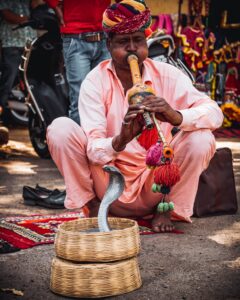
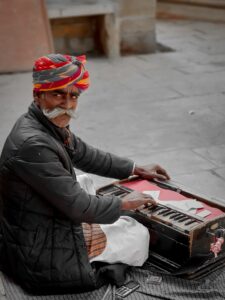


Looking to welcome the Prince of Wales in 1876, the then ruler of Jaipur, Maharaja Sawai Ram Singh II, re-painted the entire city terracotta pink. The color is meant to symbolize hospitality and also mollify the glaring sunlight. “After the Prince came to visit, all the shopkeepers and households maintain the now famous pink color, and the tradition continues” the buildings follow the pattern of a single color terracotta pink which confers it the name of the pink city
Earlier the city was contained within a wall but over the years with rapid population growth, the city outgrew the walled city. The gates of the walled city of Jaipur or the old city of Jaipur are hard to miss. These gates marked the outer periphery of the city called Purana Shahar or Char Diwali. As per the plan, a 6-meter high and 3-meter thick wall surrounded Jaipur, containing the city within. This wall acted as a security feature, protecting the city & its inhabitants from any outside threats like attacking armies, wild animals, and dacoits

The walled city of Jaipur was protected by 8 gates in all four directions. These gates would close at dusk and open only after dawn. To alarm all citizens in the evening about the impending closure of gates, small cannons would be fired similarly to the sounding of bells. This scheme of closing the gates at dusk was followed until the 1940s. The new areas were being developed outside the walled city and it extended much beyond these gates. Today, these gates are merely symbolic; part of the city’s history, Nostalgia, and built heritage. However, they are also an important element of Jaipur’s rich architectural legacy for which the city is famous across the world
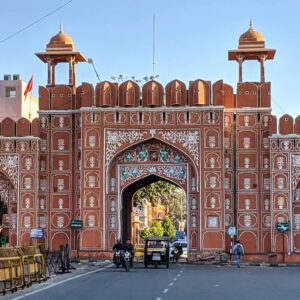

The city is dotted with many unique heritage structures, grand royal palaces, and massive forts, all these serve as a great reminder of a bygone period of the regal past. The moment you walk through the pink city, you can imagine the realness of grandeur. Every monument of the pink city has its uniqueness and is worth visiting. Let’s have a look at this heritage city of India
Hawa Mahal (The Wind Place) is a well-known landmark of Jaipur and also its icon. This unique monument was built by the poet King Sawai Pratap Singh, and it was designed by Lal Chand Ustad. Its five-floor exterior is akin to a honeycomb with its small windows called ‘Jharokhas’ decorated with intricate latticework. The original intent of the lattice design was to allow royal ladies to observe everyday life and festivals celebrated in the street below without being seen since they had to obey the strict rules of “purdah”, which forbade them from appearing in public without face coverings, it is best viewed from the road outside. This building overlooks the busy market street, is 87 feet high with a unique blend of Rajput and Mughal architectural styles, and shaped like a crown. The unique wind palace has been in use for more than 200 years. In a way, it has become an emblem of the pink city. It has enthralled visitors and travelers with its magnificent architecture ever since it was built
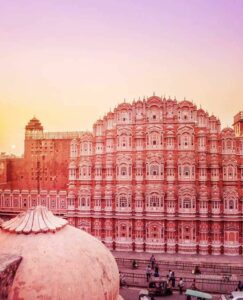

Some interesting facts about Hawa Mahal or The Wind Palace of Jaipur
-
Most people see the Hawa Mahal from the street view and think it is the front of the palace, but it is the back of the palace
-
It was built in the continuation of the Royal City Palace
-
It was built for Royal ladies, as they could enjoy the street functions and festivals without being revealed to the audience, without any disagreement with their Purdah System
-
Royals families utilized this building as their summer retreat
-
This palace is a five-story pyramidal-shaped monument that rises to about 50 feet (15 m). The top three floors of the structure have the width of a single room, while the first and second floors have patios in front of them. The front elevation, as seen from the street, is like a honeycomb with small portholes. Each porthole has miniature windows and carved sandstone grills, finials, and domes
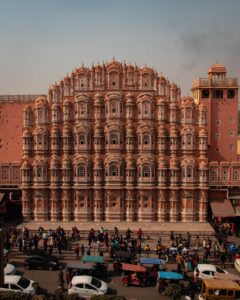
The Amber Palace, the UNESCO World Heritage Site, set in picturesque and rugged hills is a fascinating blend of Rajput and Mughal architecture. Located in Amer a town around 11 km from the city center, the fort palace is situated high on a hill. It has been listed by the World Monument Fund (WMF) as one of the 100 endangered sites in the World also pronounced Amber
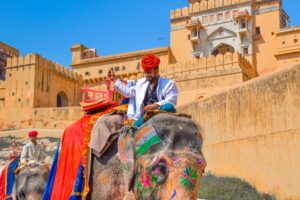
Constructed in 1592 by Raja Man Singh I and completed by Mirja Raja Jai Singh the fort palace was made of red sandstone and white marble. The rugged forbidding exterior belies an inner paradise with a beautiful fusion of art and architecture. Amber is the classic and romantic fort palace with a magnificent aura. The interior wall of the palace depicts expressive painting scenes with carvings, precious stones, and mirror settings. In the foreground is Maota Lake providing a breathtaking vista

The palace is divided into levels of layout plans each with a courtyard. In first level consisting of the Diwan-e-Aam or the Hall of Public Audience, where the king meets with people of his state and listens there problems, and gives them justice. We can say it’s like as modern courts. The Diwan-e-Khas or the Hall of Private Audience is where this king meets other kings and his generals and army commanders. They plan their plans and strategies. It was like the house of parliament where members of parliament gathered together for planning. Sheesh Mahal (Mirror Palace). The ceiling of the Sheesh Mahal is exquisitely beautified with glass inlaid panels and multi-mirrored ceilings. The mirror mosaics and colored glass were “glittering jewel boxes in flickering candlelight” and this thing looks like we see stars in the morning
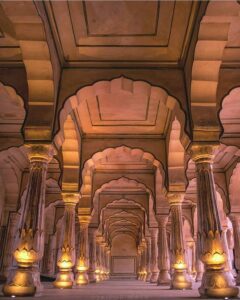
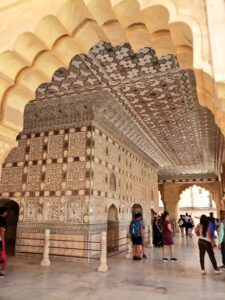
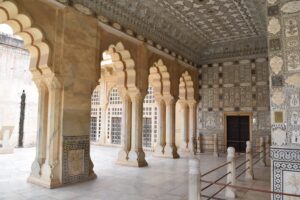
Jama Masjid of Jaipur or Akbari Masjid in Jaipur is a reminder of the city’s past and the the-catching monument is an example of Indo-Islamic architecture. Located near Amer foon on the outskirts of Jaipur City, Akbari Masjid built on the usual plan has five archscreenseen and a deep mihrab on the western wall. In front of the mosque, there is a courtyard entered through small gateways from three directions. A Persian inscription to the left side of the central arch states that this mosque was built by the king of Amber, Bharmal by the order of Mughal Emperor Akbar in A.D. 1569
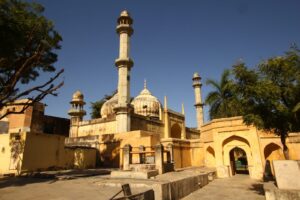
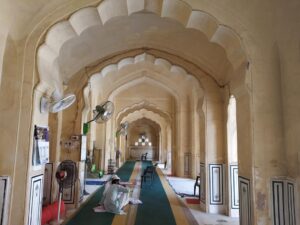
Elephant Village is one of the most interesting activities while visiting the pink city, the village which is surrounded by the Aravali mountain ranges adds unique fun to the Jaipur trip
Not only by engaging in fun activities with Elephants but an opportunity to interact with the intelligent animal. Elephants understand a certain language and learn some basics of the language to communicate with the Elephants. Feeding them some sugarcane or bananas, washing Elephants with a shower with their keeper, painting Elephants, and making a fancy dress for them. Elephant Safari is a thrilling experience here, one can ride an Elephant on special tracks within the unique village

The Jal Mahal Palace (Water Palace) is a palace in the middle of the Lake in the Amer area, the palace is an architectural showcase, this low-rise symmetrical palace, once a shooting lodge for the royals, appears to float in the center of a beautiful lake. The view of the Water Palace is eye-catching as hundreds of migratory birds can be seen swimming in winter in the lake
City Palace the residence of royals, in the heart of the walled city, the palace complex gives you an idea about the farsightedness of the founder of Jaipur, as he left behind a legacy of some of the most imposing and magnificent architecture in the city
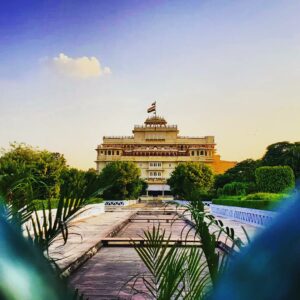
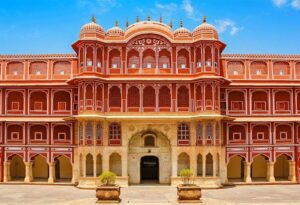

The site palace was located on the site of a royal hunting lodge on a plain land encircled by a rocky hill range, five miles south of Amber (city). The history of the city palace is closely linked with the history of Jaipur and its rulers, starting with Maharaja Sawai Jai Singh II who ruled from 1699 to 1744. He is credited with initiating the construction of the city palace complex by building the outer wall of the complex spreading over many acres. Initially, he ruled from his capital Amber
The beautiful grand royal city palace of the walled city, a unique and special complex of several courtyards, buildings, and pavilions
Just passing the city palace another landmark a UNESCO World Heritage Monument of the 18th century and an expression of the astronomical skills and cosmological concepts of the court of a scholarly prince Sawai Jai Singh II, who built Jantar Mantar an astronomical observation site that includes a set of some 20 main fixed instruments, a collection of 19 astronomical instruments. It features the world’s largest stone sundial. Designed for the observation of astronomical positions with the naked eye, they embody several architectural and instrumental innovations. This is the most significant, most comprehensive, and best preserved of India’s historic observatories
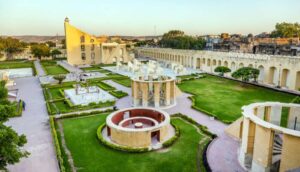

Albert Hall Museum consists of Indo-Saracenic architecture and an amazing building designed in the same style as the Victoria and Albert museum which is located in London. The building and the assortment behold the beauty of the site along with the pillars. The museum was designed in the year 1876 by Colonel Sir Swinton just to greet King Edward VII as Prince of Wales on his visit to India. The courtyards and the arches of the museum are worth a visit; the museum amazingly houses thousands of historic objects and has various rare collections
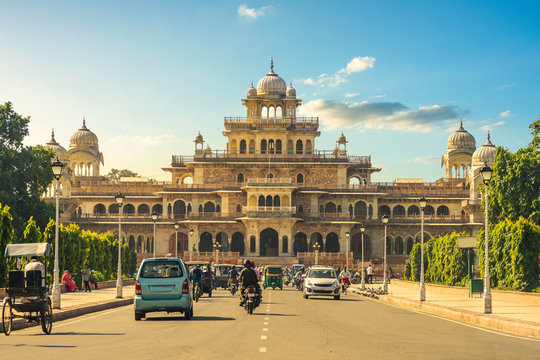
An Egyptian Mummy is one of the main attractions of the Albert Hall Museum. A 2,300-year-old Egyptian mummy was among the rare objects of historical interest which were saved from drowning here. The mummy, named Tutu, a female member of a family of priests, dates back to Egypt’s Ptolemic period from early 300 B.C. to 30 B.C. It was excavated from a pyramid in the Akhmim area of the ancient city of Panopolis
Beautiful Patrika Gate a memorial is an attempt to integrate the art, craft, and cultural heritage of Rajasthan into one structure. The design of the Patrika gate incorporates the cultural lifestyle and architecture of all the parts of Rajasthan from Sriganganagar to Banswara and from Jaisalmer to Bharatpur. It is the southern gate of Jaipur

Patrika Gate is a must-visit place for all photography enthusiasts and stunning pictures! But you will have to wait for the best click due to the high rush here or please try to visit it early in the morning to avoid crowds, located at the 30 minutes distance from downtown Jaipur
Chokidhani a model village is like a place with a never-ending festival without the typical chaos. The remarkable site of spectacular Rajasthani cultural performances
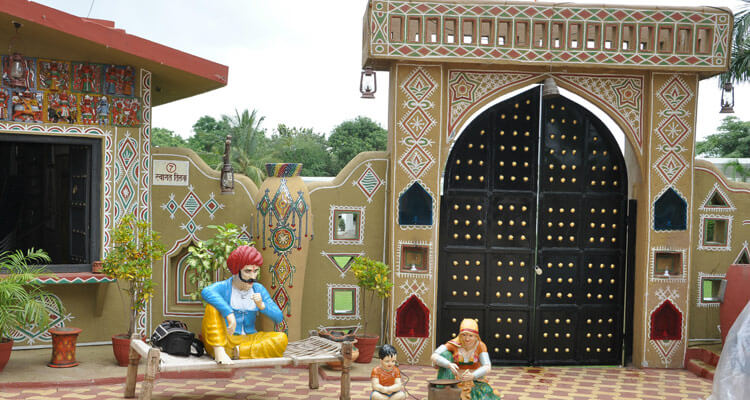


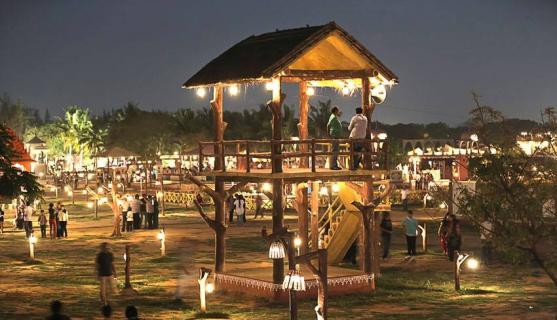
Being here in Chokidhani Village is the best way to imbibe in you the essence of Rajasthani spices, aroma, and colors it is the best chance to get friendly with local traditions and Rajasthani food, as you’ll get many options and varieties, from millet flatbread (bajre ki roti), legumes (fali) and stuffed pepper (Mirchi bada) to lentil-infused hard wheat rolls (daal baati)
We are offering specially designed features and selected destinations to cater quality services and halal-friendly tourism and hospitality in India. We ensure Muslim travelers the best of hospitality whilst on trips and holidays in India
With HalalTrip India, you’ll discover cultural intricacies and connections across a wide range of subject areas and themes including art, architecture, archaeology, history, and the natural image of this unique destination. Our services are a combination of vibrant Indian history and culture with gorgeous natural scenery. Our tours are not just ordinary tours, but meaningful experiences for the longest memories
Follow us – www.facebook.com/IndianHalalTourism
Follow us – https://www.instagram.com/halaltripindia/
Follow us – www.twitter.com/TourismHalal
Write us – travel.HalalTripIndia.com

